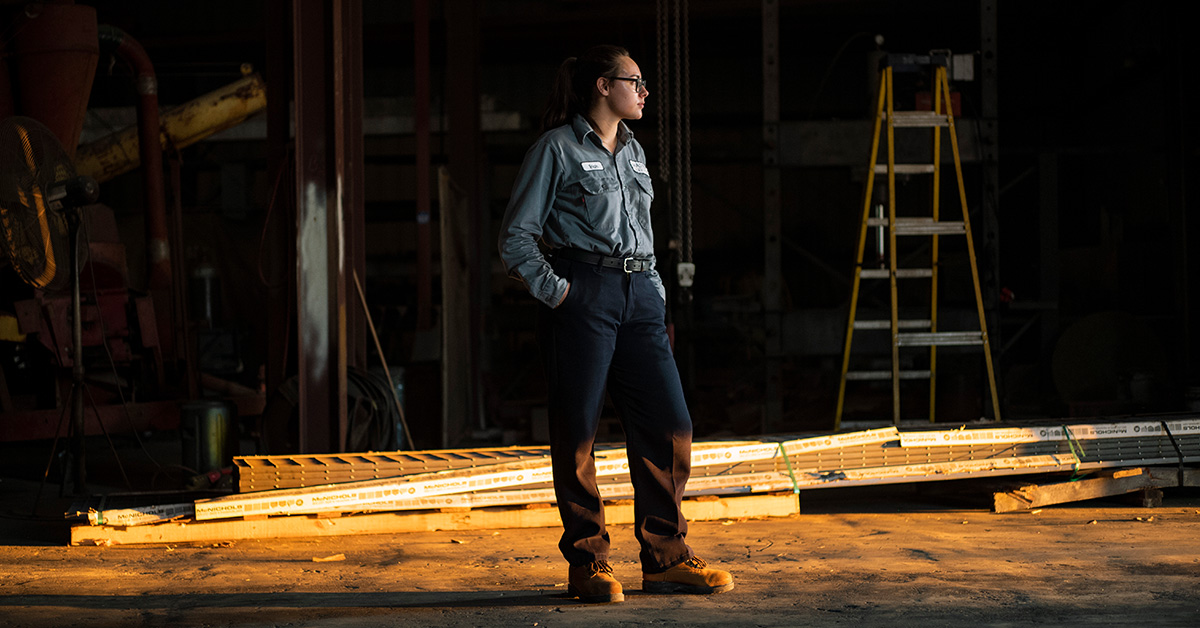Each day across the United States, workers face invisible yet deadly electrical hazards. Arc flashes—dangerous releases of energy from high-intensity electrical currents—are a leading cause of workplace injuries, with temperatures reaching a staggering 35,000°F. According to OSHA, while arc flash incidents occur around 30,000 times annually, many of these accidents are preventable with the proper precautions and Personal Protective Equipment (PPE) like Arc Flash Safety Uniforms.
With this in mind, OSHA has issued its first arc flash safety guidance update in nearly 20 years, offering vital changes aimed at safeguarding over 600,000 at-risk workers. Here’s what you need to know about these developments and how UniFirst can help your organization stay compliant and protect your workforce.
What is OSHA’s new guidance?
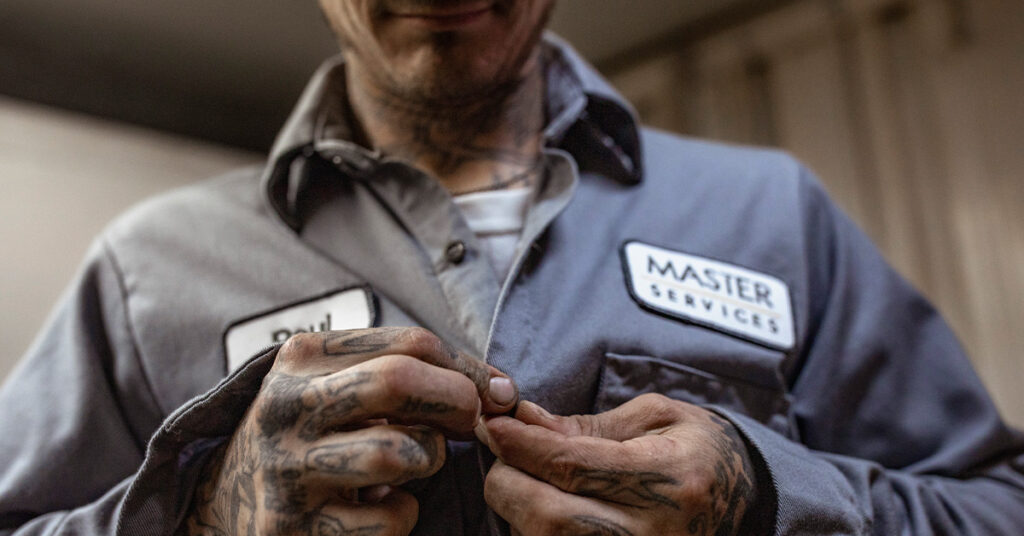
OSHA’s updated guidance is a game-changer for improving workplace safety. It focuses on key areas where past practices have left workers vulnerable, including:
- PPE Requirements: Workers near energized equipment must wear proper arc flash protective gear, even around lpw-voltage systems.
- Risks in Low-Voltage Environments: The update clarifies that low-voltage systems (e.g., 120/208V) also pose serious arc flash hazards—a common misconception among employers.
- Energized Work Permits: A work permit is now required for all tasks involving live electrical work over 50 volts, improving controls on high-risk activities.
At the heart of this guidance, OSHA spotlights two major contributors to arc flash injuries and fatalities:
- Unqualified Work Falsely Deemed De-Energized: Many workers incorrectly assume electrical systems are safe without conducting proper safety checks.
- Unsafe Practices Around Low-Voltage Equipment: Workers often believe low-voltage systems aren’t hazardous, resulting in inadequate protection.
Why does this matter?
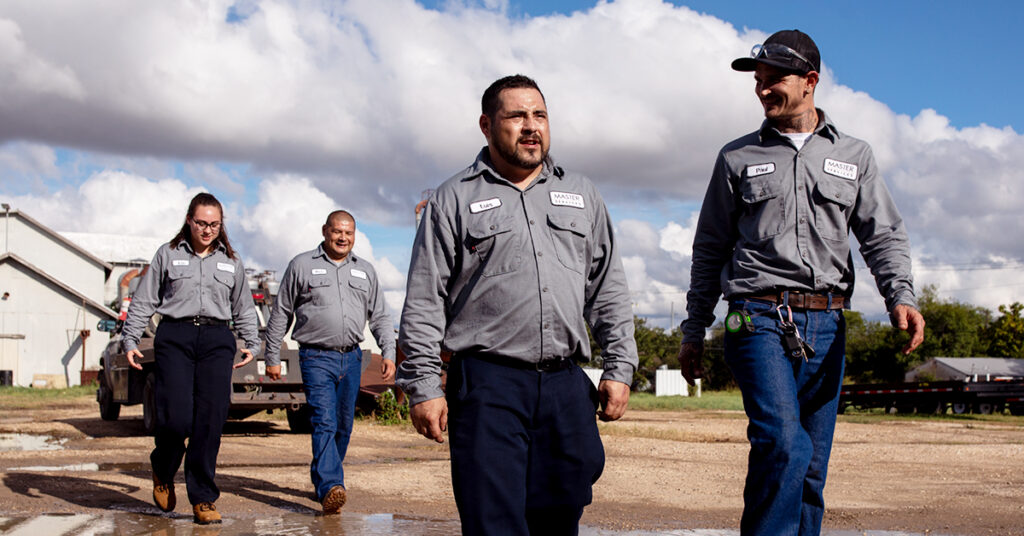
The statistics are alarming. According to the Bureau of Labor Statistics, 5 to 10 arc flash explosions happen daily, sending around 2,000 workers to burn units each year. OSHA reports that “most arc flash burn injuries are a result of the arc igniting flammable clothing and not the arc itself.”
What does this mean for businesses? Without proper arc flash hazard protection gear, your workforce—and your company—is at risk of tragic injuries, lost productivity, and potential legal liability. The takeaway is clear: Safety starts with education and preparation.
Common misconceptions about arc flash risks
- Low-Voltage Systems Are Safe: Many people assume that low-voltage systems (below 600 volts) are harmless, but in reality, they can produce significant arc flash hazards.
- De-Energized Means All-Clear: Switching off equipment isn’t enough. Proper verification and protocols are essential to ensure an electrically safe working condition.
What are the standards you need to know?
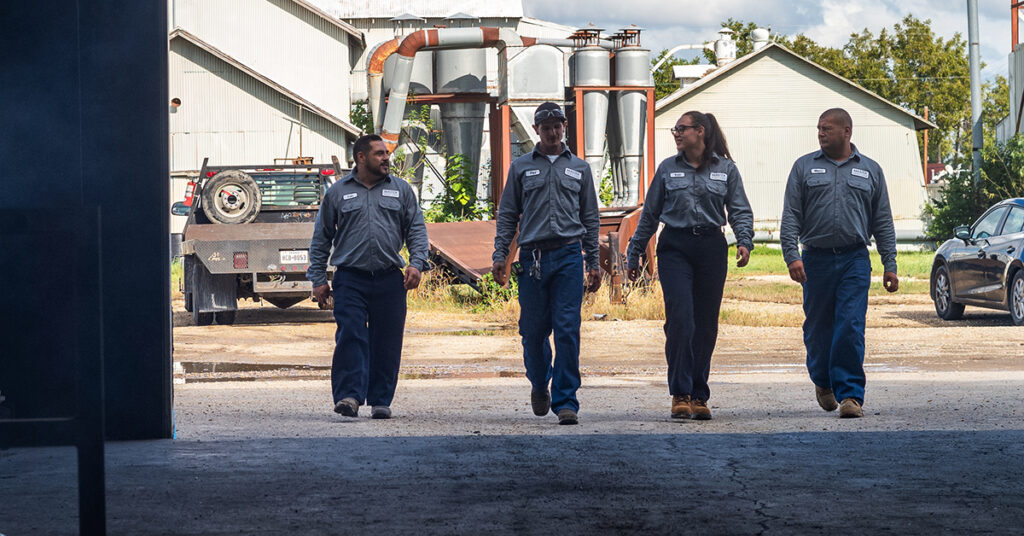
To ensure compliance, it’s important to understand the following safety frameworks:
NFPA 70E standards
NFPA 70E provides essential guidelines for workplace electrical safety, including:
- Conducting risk assessments
- Establishing a safe working environment
- Determining appropriate PPE for specific tasks
OSHA guidance
OSHA’s update builds on this foundation by mandating arc flash safety uniforms for energized tasks, focusing on risks from low-voltage systems, and requiring energized work permits. By aligning with these standards, employers can significantly reduce the likelihood of injury.
How UniFirst can help
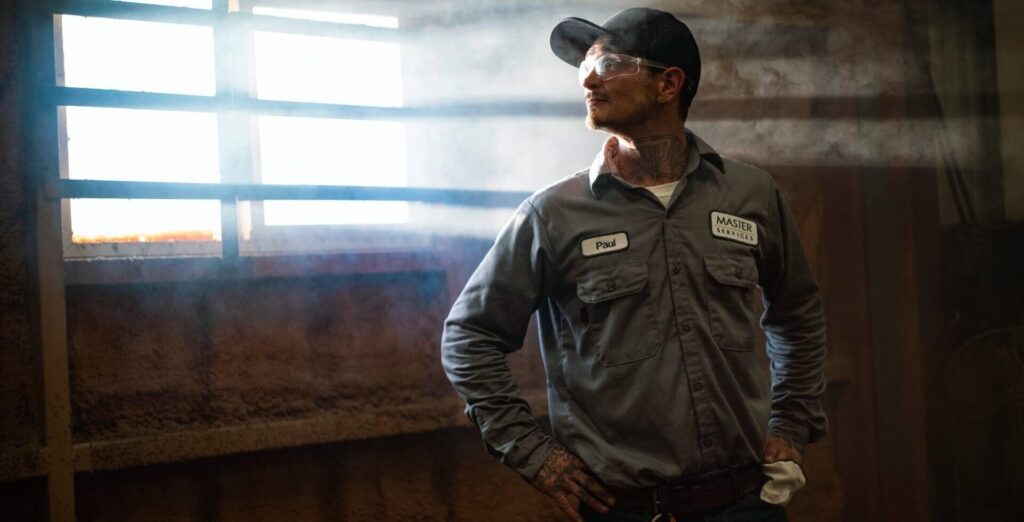
UniFirst is your trusted partner in workplace safety. We provide OSHA-compliant, NFPA 70E compliant clothing rental-certified arc rated garments designed to protect your team in high-risk electrical environments.
Our arc rated (AR) product line includes:

AR SHIRTS
Lightweight and breathable options for safety without sacrificing comfort.
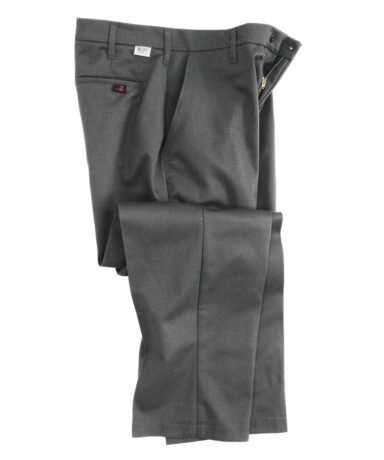
AR PANTS
Durable designs for job site versatility.
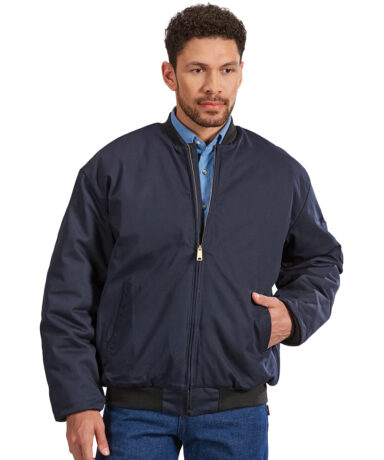
AR OUTERWEAR
Built for all-weather protection.
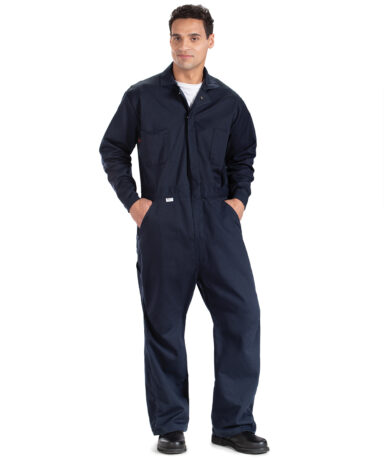
AR COVERALLS
Complete coverage for hazardous tasks.
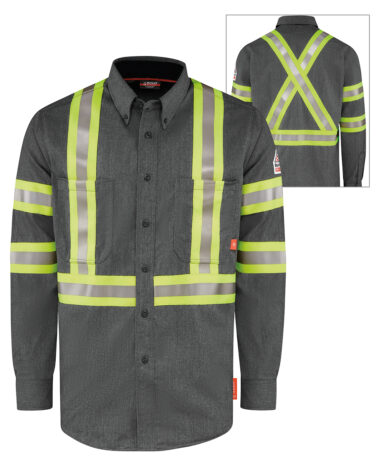
HI-VIS AR GEAR
For projects requiring visibility.
Why choose UniFirst?
- Compliance Expertise: We understand safety requirements and help you choose garments that meet OSHA and NFPA 70E standards.
- Customizable Solutions: Add your branding to PPE without compromising safety.
- Comfort and Performance: Our garments are engineered for function and all-day wearability.
Need more information? Our uniform experts answer some frequently asked questions
Q1. My workers have been safe without PPE for years. Why change now?
Arc flash incidents are ongoing, with thousands injured annually. OSHA’s update highlights preventable risks, making PPE an essential investment in worker safety.
Q2. What types of jobs are affected?
Any roles involving live electrical work over 50 volts. This includes electricians, maintenance teams, contractors, and workers in manufacturing, transportation, and utility industries.
Q3. How can I tell if my company meets these requirements?
Conduct a safety audit to review your processes and PPE against NFPA 70E and OSHA guidance. UniFirst can assist with this evaluation.
Q4. What’s the difference between arc rated (AR) and flame resistant (FR) garments?
Arc-rated garments provide protection specifically against arc flash incidents, while flame resistant (FR) clothing guards against fire-related risks in general. All arc-rated clothing is FR, but not all FR clothing is arc-rated.
Take action
Don’t wait until it’s too late. Proper education and arc-rated clothing can save lives and help your business stay compliant. Contact UniFirst to learn more about our protective solutions and how we can support your arc flash safety needs.
Protect your workforce. Comply with OSHA standards: https://www.osha.gov/electrical/flash-hazards
